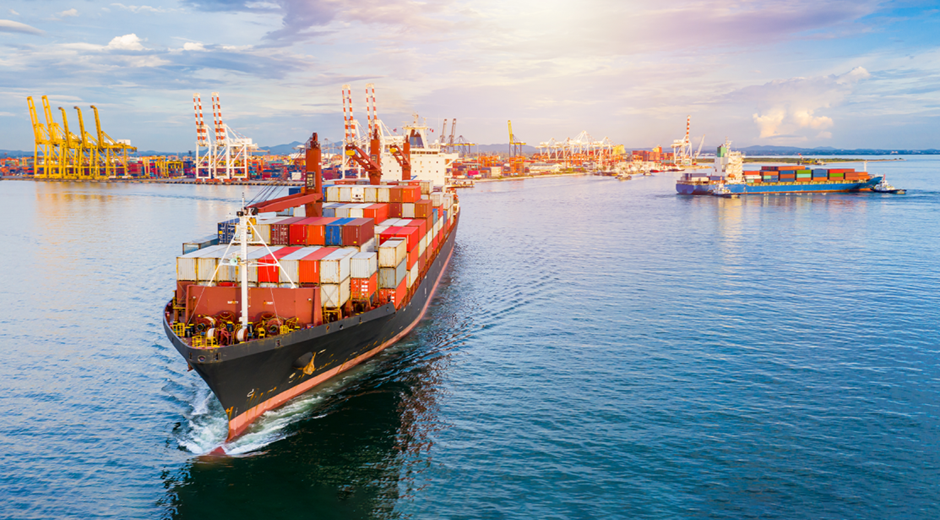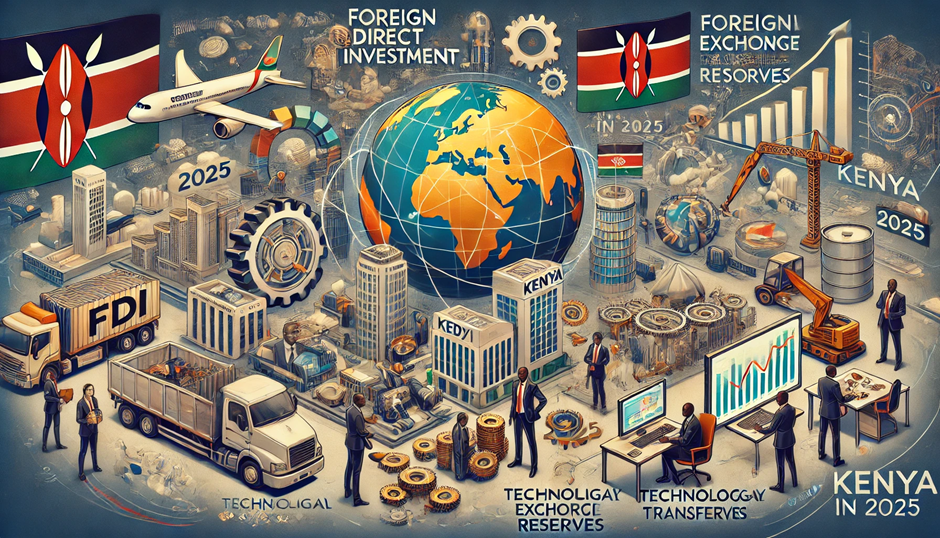
Kenya-Vietnam Relations: How Trade and Diplomacy Are Evolving

Source; VOV.VN
Kenya and Vietnam have been steadily strengthening their bilateral relations since officially establishing diplomatic ties on December 21, 1995. Despite geographical distance, both nations have recognized the mutual benefits of enhancing trade, diplomacy, and economic partnerships. Over the years, cooperation has expanded beyond political engagement to include commerce, agriculture, education, and technology.
With a growing global economy and shifting geopolitical dynamics, the Kenya-Vietnam partnership has evolved significantly, demonstrating resilience and adaptability in fostering mutual economic growth and diplomatic cooperation. This article explores the latest trade figures, diplomatic engagements, and the future outlook of Kenya-Vietnam relations.
Historical Context and Diplomatic Foundations
The foundation of Kenya-Vietnam relations was laid in the mid-1990s with the establishment of diplomatic missions and early trade agreements. Over the years, both countries have maintained cordial relations, marked by official visits and multilateral cooperation in forums such as the United Nations (UN) and the Non-Aligned Movement (NAM).
Vietnam’s growing influence in Africa has seen increased engagement with Kenya, particularly in trade, investment, and knowledge exchange. The Kenyan government, in turn, has sought to strengthen South-South cooperation, diversifying its economic partners beyond traditional Western and Asian powers.
Recent Diplomatic Engagements
A key milestone in diplomatic relations was the presentation of credentials by the Vietnamese Ambassador in March 2025. During the ceremony, both nations reaffirmed their commitment to enhancing cooperation in multiple sectors, including trade, agriculture, and technology.
Moreover, high-level ministerial meetings and trade delegations between Nairobi and Hanoi have paved the way for deeper bilateral engagements. These diplomatic exchanges are expected to result in new trade agreements and investment opportunities.
Trade and Economic Relations

Source: Wikipedia
Trade between Kenya and Vietnam has witnessed significant growth over the past decade. Vietnam, known for its robust manufacturing and agricultural sectors, has become a key trading partner for Kenya, which seeks to leverage its agricultural strengths and strategic location in East Africa.
Trade Statistics and Economic Trends
According to the latest data from the Observatory of Economic Complexity (OEC):
- In 2023, Vietnam’s exports to Kenya totaled approximately $59.5 million, marking an annual growth rate of 0.78% over the past five years.

Source: VietNam News
- Key exports from Vietnam to Kenya include:
- Bedspreads ($11.8 million)
- Light synthetic cotton fabrics ($5.07 million)
- Dental products ($3.23 million)
- Kenya’s exports to Vietnam in 2023 stood at $22 million, primarily consisting of:

Source: K-Agriculture
- Tobacco
- Coffee
- Tea and mate
Vietnam’s strategic interest in Kenya is evident in its increasing investments in the Kenyan market. Similarly, Kenyan businesses are exploring opportunities in Vietnam’s booming manufacturing and agricultural sectors.
Sectoral Collaboration: Agriculture, Manufacturing, and Technology
Agriculture remains a key area of cooperation between the two countries. Kenya, a leading producer of tea and coffee, finds a lucrative market in Vietnam, where demand for these products is rising. Conversely, Vietnam, a major exporter of rice and seafood, has the potential to supply Kenya’s growing food industry.
In manufacturing, Vietnam’s expertise in textile production presents opportunities for Kenyan businesses looking to establish value-added processing industries. The two nations are also exploring collaborations in technology and digital transformation, particularly in fintech and e-commerce.
Challenges and Opportunities

Source: Linkedln
While Kenya and Vietnam’s trade relations are on an upward trajectory, several challenges need to be addressed to fully unlock their potential:
Challenges:
- Logistical Constraints: The lack of direct flights and shipping routes between Kenya and Vietnam increases trade costs and delivery times.
- Regulatory Differences: Tariff barriers, import regulations, and certification requirements can pose hurdles for businesses on both sides.
- Limited Awareness: Many businesses in Kenya and Vietnam remain unaware of the trade opportunities between the two nations, limiting market penetration.
Opportunities for Growth:

Source: VietNam News
- Enhanced Infrastructure and Trade Routes: Establishing direct shipping and air cargo routes can significantly boost trade efficiency.
- Investment in Joint Ventures: Encouraging private sector partnerships can help expand economic activities and create employment opportunities.
- Diversification of Trade Portfolios: Both countries can explore new trade areas, such as pharmaceuticals, renewable energy, and information technology.
- Tourism and Cultural Exchange: Strengthening people-to-people connections through tourism and cultural programs can further solidify relations.
Future Outlook: Strengthening Bilateral Relations
With the increasing focus on economic diplomacy, the future of Kenya-Vietnam relations looks promising. Both governments have expressed interest in enhancing bilateral trade agreements, promoting investment-friendly policies, and fostering knowledge exchange programs.
Key Developments to Watch:
- High-Level Bilateral Agreements: Expected trade pacts aimed at reducing trade barriers and increasing market access.
- Expanded Trade Delegations: More business forums and trade missions to explore new opportunities.
- Infrastructure and Logistics Improvements: Potential direct shipping and airline agreements to ease the movement of goods and people.
Kenya and Vietnam are poised to become stronger partners in the evolving global economy. With proactive diplomatic engagement and targeted economic strategies, the two nations can harness their full trade potential and create long-term prosperity.
Conclusion
The growing relationship between Kenya and Vietnam exemplifies the benefits of strategic diplomatic and economic partnerships. From trade expansion to cultural exchanges, both nations have made significant strides in fostering a mutually beneficial alliance. As they continue to navigate global economic changes, enhanced cooperation will be crucial in realizing shared prosperity and sustainable development.
The next decade presents an opportunity for Kenya and Vietnam to solidify their economic and diplomatic ties further, setting a precedent for South-South cooperation in global trade and diplomacy.
References:
Vietnam-Kenya Trade Data: OEC World
Diplomatic Relations: Vietnam News
Ambassador’s Presentation of Credentials: VTV English








